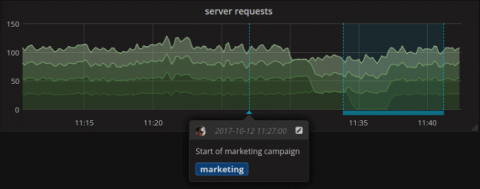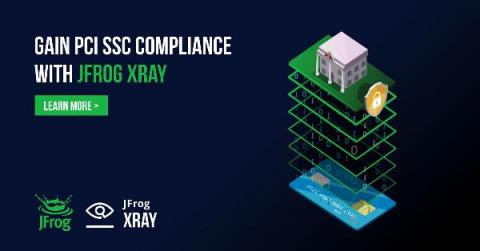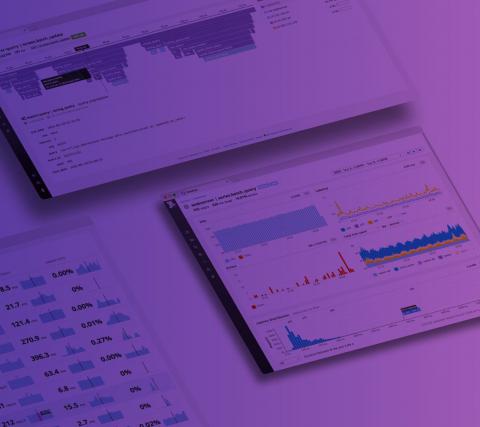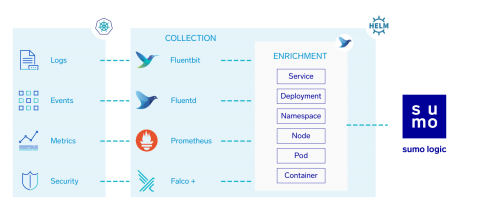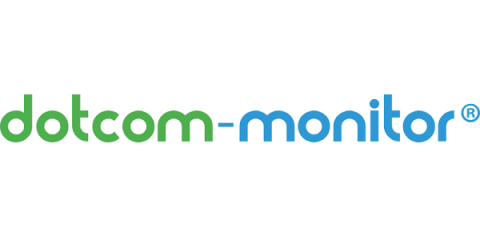Introducing unlimited dashboards - Now available on all plans
Raygun gathers a great deal of data about how users are interacting with your applications - from errors and crashes to users affected by performance problems. We help thousands of teams gain visibility into the health of their apps - and one of the best ways developers do that is with Raygun’s dashboards. When we first launched dashboards in 2017, we knew you needed them to be easy to use, customizable, and actionable.





